Buying Guide for the Best Fish Finder For Jon Boat
Choosing the right fish finder for your Jon boat can significantly enhance your fishing experience. A fish finder helps you locate fish underwater by detecting reflected pulses of sound energy. To pick the best fish finder for your needs, you should consider several key specifications. Understanding these specs will help you make an informed decision and ensure that the device you choose fits your specific fishing requirements.FrequencyFrequency in a fish finder refers to the number of sound waves emitted per second. It is important because it affects the detail and depth of the readings. Fish finders typically come with single, dual, or multiple frequencies. Lower frequencies (50 kHz) penetrate deeper waters but provide less detail, making them suitable for deep-sea fishing. Higher frequencies (200 kHz) offer more detail but are better for shallow waters. Dual-frequency models offer a balance, allowing you to switch between deep and shallow water fishing. Choose a frequency based on the typical depth of the waters you fish in.
PowerPower in a fish finder is measured in watts and determines the strength of the sonar signal. Higher power means better performance in deeper waters and clearer images. Low-power fish finders (100-300 watts) are suitable for shallow waters, while high-power units (500-1000 watts or more) are better for deep waters. If you fish in various depths, a mid-range power fish finder might be the best choice. Consider the typical depth of your fishing spots to determine the appropriate power level.
Screen ResolutionScreen resolution refers to the number of pixels on the display screen of the fish finder. It is important because higher resolution provides clearer and more detailed images. Low-resolution screens (240 x 160 pixels) may be harder to read, especially in bright sunlight. High-resolution screens (480 x 320 pixels or more) offer better clarity and are easier to read. If you want to see detailed images of the underwater environment, opt for a higher resolution screen. Consider your vision and the lighting conditions you typically fish in when choosing screen resolution.
Screen SizeScreen size is the physical dimension of the fish finder's display. A larger screen makes it easier to read and interpret the data, which is especially useful in rough waters or when you need to see more details. Smaller screens are more compact and can be a good fit for smaller Jon boats with limited space. If you prefer a more detailed view and have enough space on your boat, go for a larger screen. If space is a constraint, a smaller screen will be more practical.
TransducerThe transducer is the part of the fish finder that sends and receives sonar signals. It is crucial because it determines the accuracy and detail of the readings. Transducers come in different types, such as single beam, dual beam, and side imaging. Single beam transducers are good for basic depth readings, dual beam transducers offer better coverage and detail, and side imaging transducers provide a wide view of the underwater environment. Choose a transducer based on the type of fishing you do and the level of detail you need.
GPS CapabilityGPS capability in a fish finder allows you to mark fishing spots, navigate, and track your location. It is important for safety and convenience, especially in unfamiliar waters. Fish finders with built-in GPS can help you return to productive fishing spots and avoid hazards. If you fish in large or unfamiliar bodies of water, a fish finder with GPS capability is highly recommended. If you primarily fish in small, familiar areas, GPS may be less critical.
PortabilityPortability refers to how easy it is to move and install the fish finder on your Jon boat. Portable fish finders are lightweight and can be easily transferred between boats or stored when not in use. They are ideal for anglers who use multiple boats or need a temporary setup. Fixed fish finders are more permanent and may offer more features but require installation. Consider how often you will move the fish finder and whether you need a permanent or temporary solution.

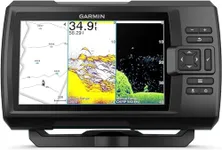
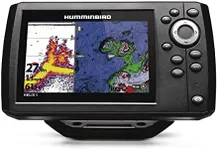
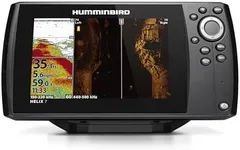

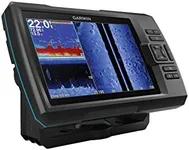
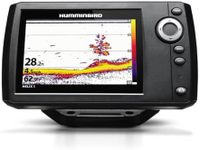
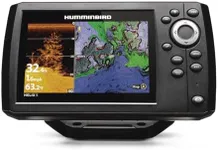


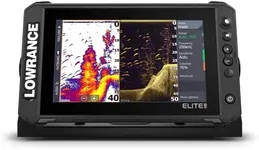
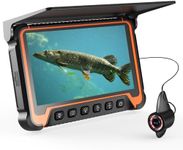
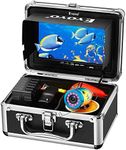

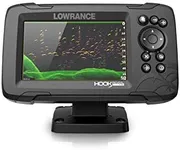
![Garmin ECHOMAP UHD2 53CV Chartplotter/Fishfinder with US Inland Maps and GT20-TM [010-02590-51]](https://images-proxy.bestreviews.guide/ep1dR3ei5VF1wwDgQHbJeIuuaec=/0x150/https://m.media-amazon.com/images/I/314dMbaaLhL._AC_CX679_.jpg)




